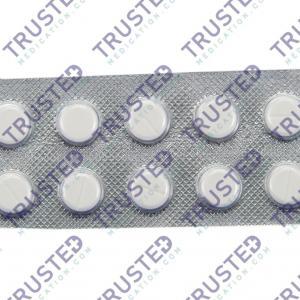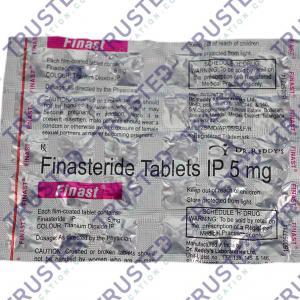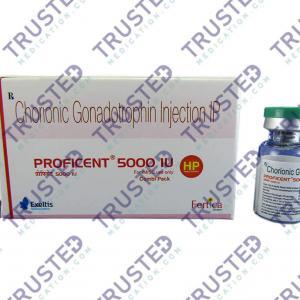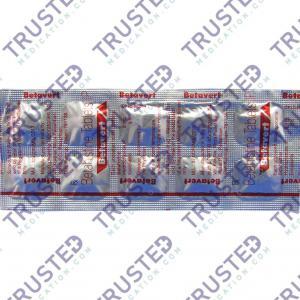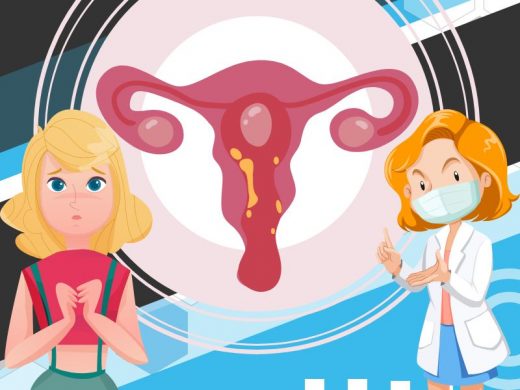
A vaginal yeast infection is a fungal infection that causes irritation, discharge, and intense itchiness of the tissues at the vaginal opening. In the course of their lives, three out of four women experience vaginal yeast infection, also known as vaginal candidiasis.
A vaginal yeast infection is not considered a sexually transmitted infection. But, at the time of the first sexual activity, there is a higher risk of vaginal yeast infection. In addition, mouth-to-genital contact may also be involved in the transmission of infections.
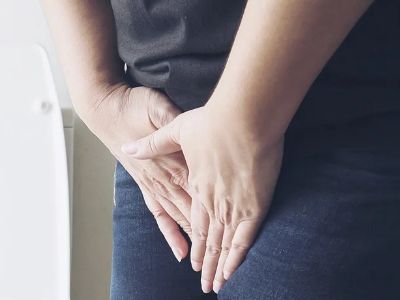
Symptoms of Yeast Infection
- Itching and irritation of the vagina
- Burning sensation during intercourse or while urinating
- Redness or swelling of the vulva
- Pain and soreness in the vagina
- Vaginal rash and thick white odorless vaginal discharge
- Watery vaginal discharge
Symptoms of Complicated Yeast Infection

- Extensive redness, swelling, and itching that leads to cracks and sores
- It reoccurs four or more times a year
- Your infection is caused by a less typical type of fungus
- Uncontrolled diabetes
- Pregnant
- Weakened immune system due to medications
Seek medical help if you experience the following symptoms:
- It is the first time you have had an infection
- If you are unsure if whether you have a yeast infection
- Your symptoms are not relieved after treating with over-the-counter antifungal vaginal creams
- Persistent symptoms after weeks of treatment
What are the Risk Factors of Yeast Infection?
- Antibiotic use. It is common in women who take antibiotics that kill a range of bacteria.
- Increased estrogen levels. It is typical in women with higher estrogen levels or women taking high-dose estrogen birth control pills or estrogen hormone therapy.
- Uncontrolled diabetes. Women with high blood sugar are at greater risk of yeast infections than women with well-controlled blood sugar.
- Impaired immune system. It affects women with lowered immunity or those having corticosteroid therapy or HIV infection.
How to Diagnose Yeast Infection?
Your doctor will ask about your medical history of yeast infections. The recommended diagnostic method is a pelvic exam to examine your vaginal walls and cervix. It also determines external signs that cause the infection.
Another step is to collect cells from your vagina. These cells go to a lab for examination. If a woman gets yeast infections regularly, or if the infection doesn’t resolve, a lab test will usually be ordered.
Treatment for Yeast Infection
After diagnosing the condition, your doctor may recommend antifungal medications, creams, and other topical treatments. Over-the-counter products are also available for yeast infection treatment. Ensure to finish the treatment period to prevent worsening the condition.

